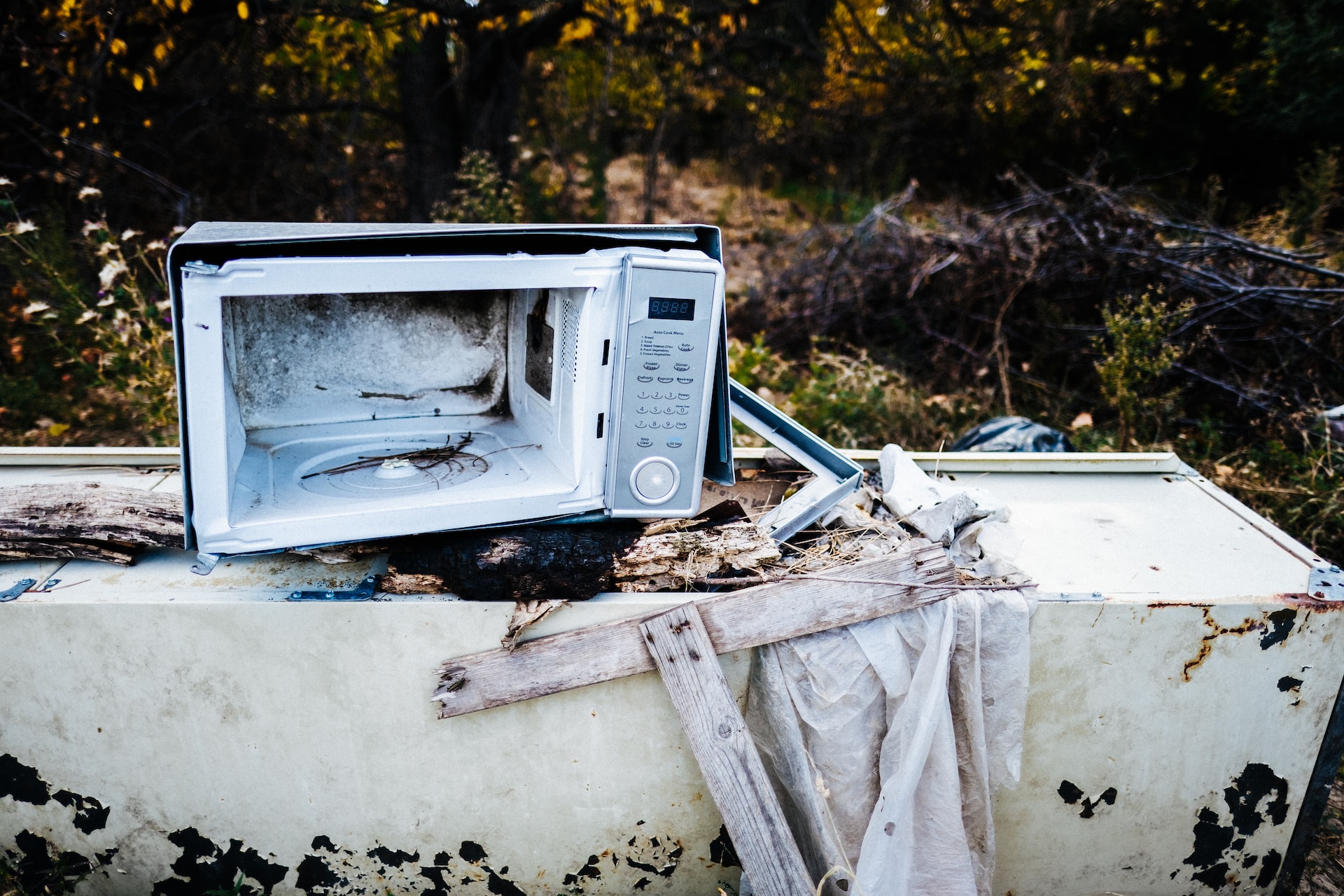In March 2022, the European Commission published proposals to extend the scope of eco-design regulations to all physical products on the EU market. The new regulations will – most likely – touch on environmental aspects such as energy efficiency, carbon and water footprint, but also requirements for sustainability of materials, durability, reparability and recyclability, as well as information and transparency standards through the introduction of the Digital Product Passport (DPP).
Novelties, however, which according to the Commission's own impact assessment will result in new costs for businesses, which may soon be passed on to consumers in the form of higher product purchase prices. But what will be the actual consequences and, more importantly, the benefits? We are told by a report signed by European Environmental Bureau and Cambridge Econometrics, which came up with four specific case studies covering textiles (T-shirts), kitchen appliances excluded from current ecodesign requirements (microwaves and kettles), building materials (concrete) and furniture (desks and chairs).
What will the new ecodesign regulation for sustainable products (ESPR) provide?
There are four main objectives of the proposed Ecodesign for Sustainable Products Regulation (ESPR): to reduce the negative environmental impacts of products' life cycle, increase their sustainability, enable better access to information along supply chains, and incentivize more sustainable goods and business models to improve value retention.
Goals that the EU Executive wants to achieve by extending the scope of ecodesign legislation to all physical products (as of today, Framework Directive 2009/125/EC is limited to energy-related products), making sustainability requirements such as minimum product life, recyclability, reparability, recycled material content, mandatory – depending on the different product groups, which will need specific regulations.
The proposal – aside from the introduction of incentive systems, guidelines to support circular business models, a Europe-wide information hub, as well as a ban on the destruction of unsold goods and transparency requirements – also envisions the creation of a digital product passport for the electronic registration, processing and sharing of product information between supply chain companies, market surveillance authorities and consumers. This – likely through the development of sustainability performance classes – should increase transparency, both for supply chain enterprises and the general public, and increase efficiency in terms of information transfer.
Ecodesign for sustainable products: data from the European Environmental Bureau
The new ecodesign requirements could result in additional costs for consumers, which, however, according to research conducted by the nonprofit European Environmental Bureau, are likely to be offset by the combined benefits of less frequent product replacement, energy efficiency – in 2021, current measures stemming from Directive 2009/125/EC saved EU consumers 120 billion euros in energy expenditure – and reduced environmental impact. In addition, the measures will have positive spillover effects on the economic activity of product repair and maintenance services, including in terms of employment.
EU estimates for extending the scope of eco-design standards indicate a greenhouse gas emission savings potential of at least 117 Mt CO2eq per year. From the four case studies compiled by analysts at the European Environmental Bureau, the greener production of cotton T-shirts alone could contribute nearly 3 percent of this potential, the spread of energy-efficient microwaves and kettles another 4 percent, and innovations in cement production at least 6 percent.
What are the benefits for textiles, small appliances, concrete and furniture?
Data show that about 3.3 billion T-shirts and tops are sold in the EU each year, most of which are produced outside the EU. Ecodesign could take action by directly targeting those fibers that account for the largest market share, such as cotton and polyester. Mandating a 30 percent reduction in emissions from these primary fibers – through increased use of recycled materials, from the cultivation of organic cotton, and from the use of renewable energy sources – would save about 6.7 Mt CO2eq per year globally.
In contrast, should future requirements lead to a longer life expectancy of electric kettles and microwaves – there are 25 million and 15 million, respectively, sold annually in the EU – a single year's extra life expectancy of the products could save consumers about €450 million annually, both through less frequent replacement and savings in greenhouse gas emissions (more than 0.5 Mt CO2eq) due to lower volumes placed on the market.
Ecodesign would have positive impacts on the production of building materials such as cement, which accounts for 3 percent of annual greenhouse gas emissions in Europe. Two measures that could save 1.7 Mt and 7Mt CO2eq, respectively: decommissioning the less efficient wet kilns by installing new dry kilns, and replacing 50 percent of the fossil fuels currently used in clinker production with greener fuels. Finally, for furniture, action could be taken by reducing the disposal of new but unsold furniture. Eliminating this overproduction could save 23,000 tons of CO2eq per year in the EU alone. Public administrations could lead the way by requiring minimum sustainability standards, a measure that would also have positive budgetary impacts estimated at 60 to 100 million euros per year.



